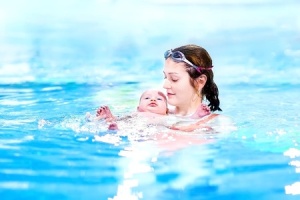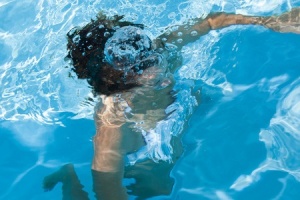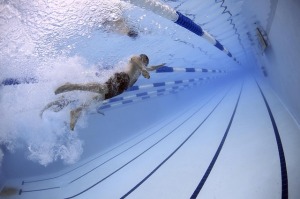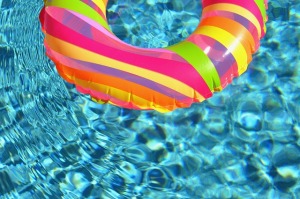With the beautiful weather in Southern California, many of us use our pools nearly year-round. Summer can come up quick for many families, and it is easy to forget about proper safety precautions for the pool area. Before the next time you spark up the barbecue and gather the kids to enjoy some summer fun around the pool, be sure you have done all you can to keep your family and visitors safe.
Pool safety begins before anyone enters the water. At the beginning of each summer season, it is essential to inspect the entire pool and surrounding areas for potential hazards.
- Inspect the pool fence and gate – every pool should have a secure fence with childproof gate surrounding it. Replacing any faulty or damaged elements can help to keep unsupervised children from accessing the pool.
- Inspect the deck and pool area – check the pool liner, metal supports (for above ground pools), and deck area for any hazards, including raised nails and sharp edges.
- Install an alarm – if you often have small children on your property, whether a part of your family or just from the neighborhood, installing an alarm on the pool can be a lifesaving safety feature.
- Secure pool chemicals – especially if the homeowner does not currently have children in the house, it is easy to forget to lock up the pool chemicals before inviting guests over for summer fun.
- Check the lifesaving devices – as you pull out the lawn chairs and beach umbrellas from storage, make sure your pool lifesaving devices are in good condition and are easily visible.
Party Time – Pool Safety Tips
As the summer fun begins, pool safety is an important issue. These tips can help to ensure your family and guests have fun without risking injury.
- No one swims alone – even for experienced swimmers, swimming alone can pose a significant risk. It is especially essential to never leave children unattended in the pool area.
- Protect inexperienced swimmers – to ensure their safety, inexperienced swimmers should only be allowed in the pool area with someone who has the skills to perform a water rescue.
- No glass allowed – remember that one broken glass can cause a cutting-hazard for the remainder of the season.
- Use caution with electricity – by ensuring stereos and other electrical equipment are protected from water, you reduce the risk of electrical shock. Additionally, make sure to only use GFCI (ground-fault circuit interrupter) outlets outdoors.
- Be aware – the most important tip for pool safety is to be aware of what is happening in and around your pool.
If you are interested in learning CPR and First Aid, Premier hosts certification classes every Wednesday and Saturday. Register for your CPR and First Aid Classes here.
For more information on water safety, follow us on Facebook.













